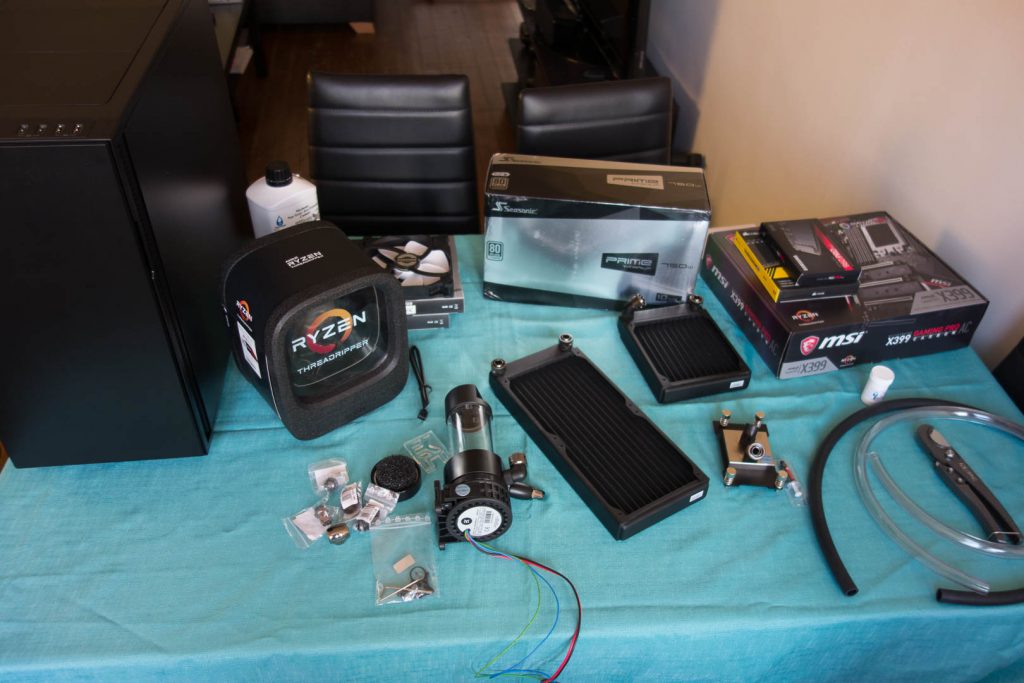This blog post is a follow-up to It’s Time to Ditch Gmail. It began as a review of Fastmail, and my experience of moving to it from Gmail, but I quickly found myself going on a tangent. Since privacy was the main driver in my decision to move to Fastmail, and using a custom domain is one of the ways that I protect my privacy, I figured it was important enough to warrant its own post.
One of the factors that made it easier to move away from Gmail is my use of a custom domain for most of my mail. Before moving to Fastmail, this domain was tied to a GSuite account which forwarded everything to my standard Gmail account. This made switching in anger much easier, as I had fewer accounts to log in to and update my email address, and those that were still pointing directly at Gmail tended to be older low-value accounts that I no longer use anyway.
In this article though, I want to take a detour to explain why I use a custom domain, and how it can aid your privacy. Continue reading






